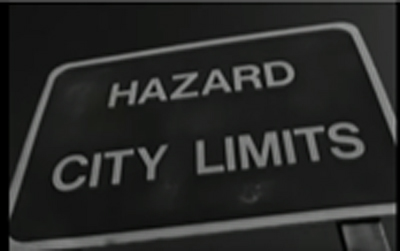
Prompt Images
Hazard: Richard Marx {Underrated} Contribution to The True Crime Genre
Peak Marx
Sometime in my late elementary school years, I—along with the rest of the world—discovered Richard Marx. I’m not sure I owned an album, but I do recall having the MIDI version of “Right Here Waiting (For You)” loaded up on our Commodore 64. After dinner, my brother and I would sit at the computer and take turns singing as the synthetic chords played and the words scrolled across the screen.
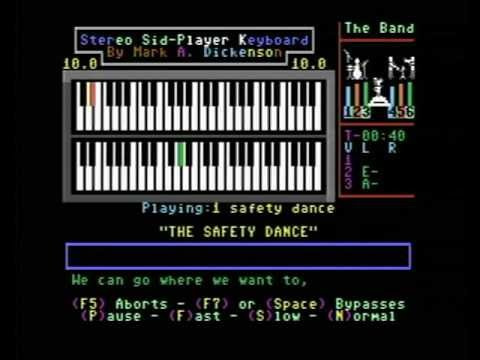
Flash forward a few years to 1991: Marx dropped his third album, Rush Street, and I was in 8th grade, trading in evenings at the Commodore 64 for 3-hour phone conversations with girls. One such girl, whom I’ll call Belinda to protect her identity, was the one who introduced me to “Hazard,” the second single released from the album.
“Hazard” is peak Marx, as far as I’m concerned, though it’s admittedly unlike most of his other work.
The song is a brooding meditation on the murder of a young woman named Mary. The crime takes place in the town of Hazard, Nebraska. The protagonist/singer and Mary are friends, possibly more, who often take walks along the river that runs through the town. When Mary goes missing one night, our protagonist finds himself a suspect. This is not surprising, since we learn from the opening stanza how the townspeople had always regarded him with suspicion.
My mother came to Hazard when I was just seven
Even then the folks in town said with prejudiced eyes
That boy’s not right…
The lyrics are admittedly a bit vague. Almost generic. But that is part of the appeal. Mary is any and every victim. Hazard is any and every small town that ever found itself the stage for a murder. It’s Holcomb, Saxtown, and Manitowoc County.
It’s also an underappreciated link in the evolution of the True Crime genre that starts with Truman Capote and runs through to our present time in podcasts like Serial and documentaries like The Keepers.
Well, technically speaking it’s not “True” Crime. There is, to be sure, a real town in Nebraska called Hazard*.
But there was never a murder. Marx made that part up.
On the other hand, considering that S-Town, literally the first entry on everyone’s list of “The Best True Crime Podcasts You Need to Listen to Now”, also centers around a murder that never actually happened (belated spoiler alert), I don’t feel bad shoehorning “Hazard” into the True Crime category. Though, admittedly, Lyrical Crime would probably be a more fitting characterization.
If we can get past the semantics of what is “true,” we are still left with one undeniable fact: A crime was committed, and we don’t know who did it.
Unsurprisingly there are plenty of internet sleuths who claim to have solved the crime. If you simply type “who killed Mary” in Google here’s what you get:
- Hazard: What Really Happened (the homepage of Elizabeth Hopkins, apparently the internet’s go-to person on this mystery)
- 3 answers: Who killed Mary in the song ‘Hazard’ by Richard Marx… (@ Quora)
- Murder In Hazard, Nebraska – Who Killed Mary? (at a blog called A Pop Culture Addict’s Guide to Life)
The fourth hit is the Wikipedia page for the song “Hazard.”
OK, sure, it’s only the first four hits. After that we get articles on Who Killed Mary Phagan (no idea who she is), Mary Queen of Scots beheaded, and so on…
But this is still pretty impressive given that I didn’t use Richard Marx or Hazard in my Google search terms. Just “Who killed Mary,” which is the most common female first name in the United States. A generic Mary, who doesn’t even have a last name, and who is also a fictional character, is still the most famous Mary whose murder has never been solved.
So, who killed Mary?
As to what actually happened, the song itself is rather ambiguous. There are really only two explicit characters: the protagonist (whom I’ll refer to as “Richard”) and Mary. If you look at the case presented in the lyrics, you can really only conclude one of three possibilities:
- That Richard did it,
- That Mary killed herself, or
- That some mysterious, unnamed stranger killed her.
The only rebuttal we have to the first theory comes from “Richard’s” eloquent couplet of self-defense:
I swear I left her by the river
I swear I left her safe and sound
But that’s hardly enough of an alibi. Where do we turn next in our investigation? Fortunately for us, we can consult the music video that accompanied the song. I love my MTV.
The video brings in a few additional characters: the sheriff, Richard as a young boy (in flashbacks), Richard’s mom (in flashbacks), his mom’s secret lover (flashbacks), and Mary’s current boyfriend and/or secret lover. Since Richard as a young boy seems implausible, and we have no reason to believe his mother is still even in the picture, we are left with two new suspects from the video: the sheriff and Mary’s lover—to add to the list of Richard, Mary, and “unknown.”
In addition to these new suspects we also learn a few other, potentially pertinent, details from the video.
First, Richard was clearly the victim of some seriously bad police conduct. Take a look at this footage from the arrest: Richard is face down on his bed (we have no reason to suspect he was armed) and we have at least three officers waving pistols and a shotgun wildly in his direction as they try to put handcuffs on him.
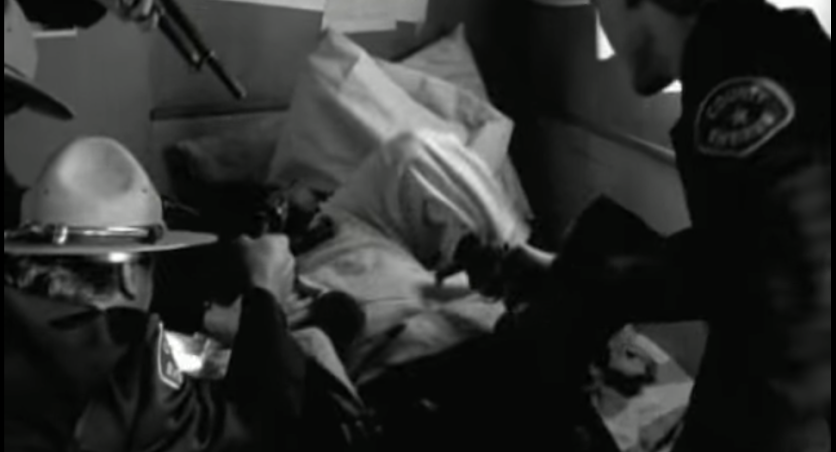
This isn’t related to the alleged crime per se, but it shows Richard was not given due process and reminds us how many structural issues (fictional) Hazard had to reckon with in the wake of this crime.
Another strange thing is the resemblance between Mary’s lover and the man his mother has an affair with. Here’s all we really ever see of Mary’s lover:
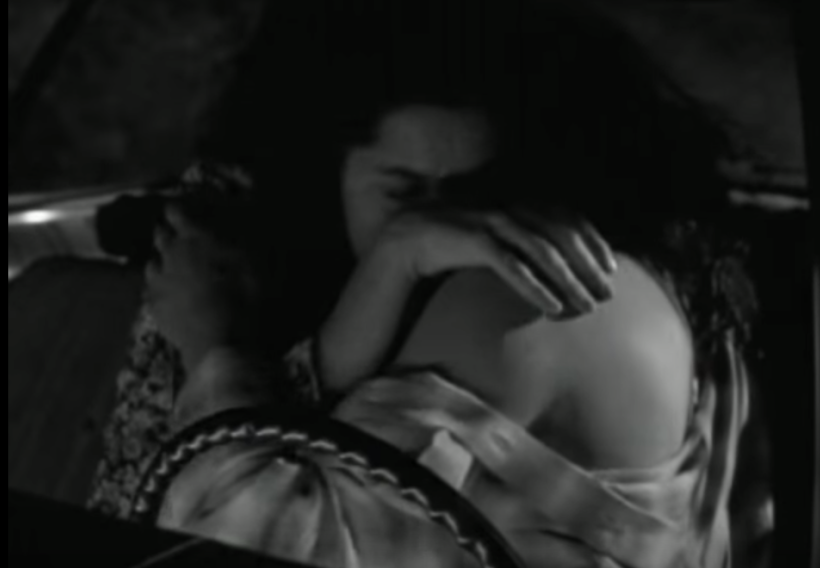
It’s not much, but that mane of hair looks suspiciously familiar when we see the mom’s lover in a flashback:
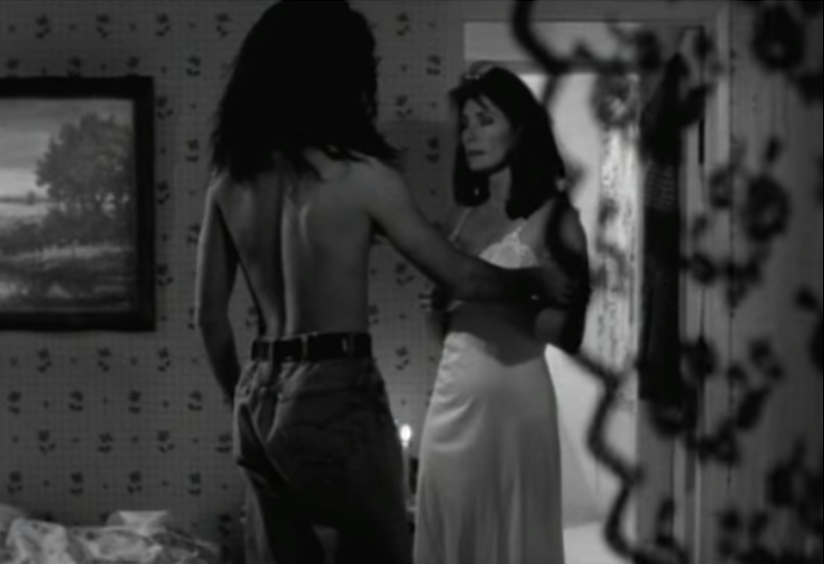
Another potentially useful piece of information? The Sheriff was shady as hell.
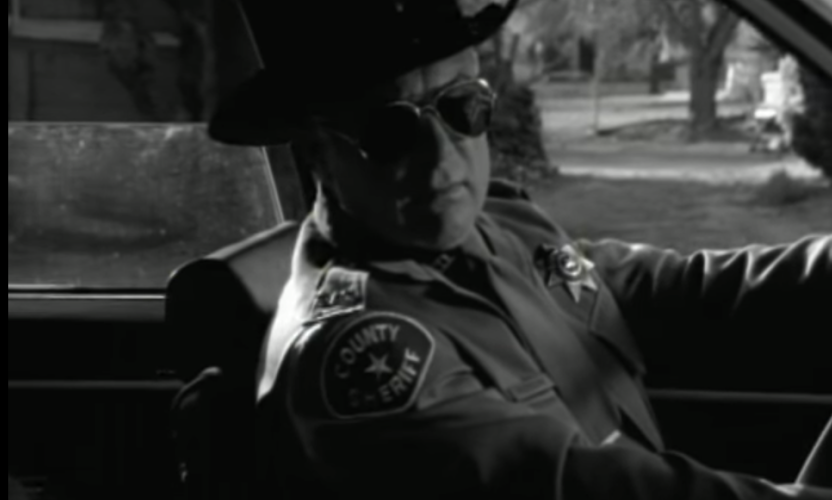
As a final point, I’ll note that after he was released from jail (on bond or lack of evidence?), Richard returns home and then does something strange.
He walks down to the river to chop off his admittedly awful hair.
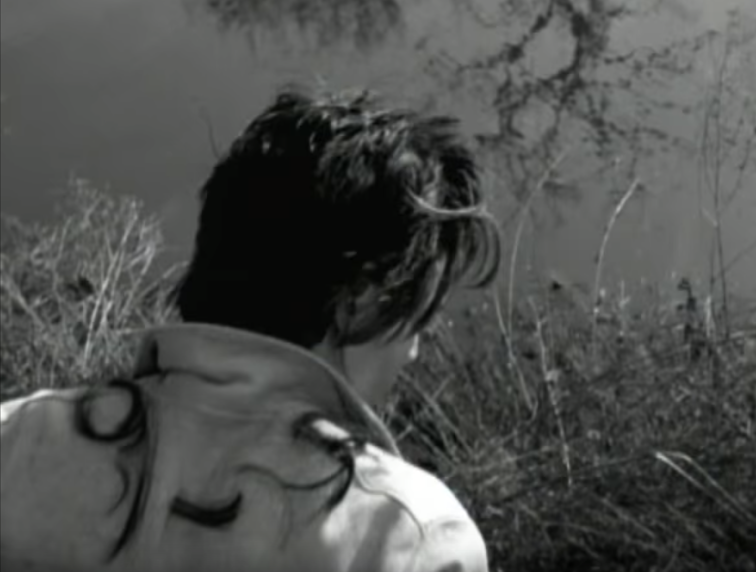
What are we to make of this? Is he trying to alter how he looks so as to avoid detection if a warrant is subsequently issued for his arrest? Or is he just trying to turn over a new page?
After reading through the various internet theories and considering some of the facts I’ve noted above, I have come to the conclusion that…
Richard did it.
Or, Mary’s lover killed her.
Or, the shady as hell sheriff did it.
Or, possibly, someone else completely killed her.
A Less Than Satisfying Ending
At the end of 12 episodes encompassing the first season of Serial, after stepping through all the evidence and arguments and appeals to the seeming good nature of Adnan Syed, we were left mostly in the same place we started. Had Adnan killed his girlfriend 18 years ago? Our host, Sarah Koenig, couldn’t say exactly.
Unfortunately, we are left in a similar state of confusion after considering the case of Richard and Mary. Did Richard kill Mary in a fit of jealous rage? Did that walking pile of curly black hair kill her? Did she rebuff some inappropriate advances by the sheriff and pay the ultimate price? Is there some deeper conspiracy going on in Hazard?
I wish I had a better answer than: I don’t know. What I do know is that “Hazard” forces us to ask hard questions. It forces us to face issues like prejudice and corruption and jealousy and broken families and the many ways that the 80s were detrimental to our hair.
It also forces us to remember that somewhere in Nebraska is a real town called Hazard, with real people (70 of them, according to the latest census) who have both real and fictional problems.
Maybe “Hazard”, the song, was never really about a murder. Maybe Marx meant to address something much deeper.
Am I suggesting that “Hazard” might actually be an allegory about the “pain and suffering” visited on rural America as a result of increased globalization—that the character of Richard himself is a stand-in for the “foreigner” who people fear will take their jobs and murder their beloved daughters?
Well, if that qualifies as a sophisticated wrap-up to this excuse for me to wax nostalgic, then yes. That’s exactly what I’m suggesting.
Footnotes:
*The story of how Richard Marx picked the name is a fascinating subplot. As he explained in an interview with Songfact:
“That’s the funniest part of the whole song. Because the song was all written except for those two syllables. So I had the opening two lines of ‘My mother came to duh-duh,’ and the rest of the song was finished except for the Nebraska line. And then the Nebraska line actually came because the syllables of it and the sound of it sang so well: ‘and leave this old Nebraska town.’ They sang so well to me that I was like, OK, I’m sold on Nebraska. This is way before the Internet, so what I did was I called the Nebraska Chamber of Commerce and got some very nice woman on the phone and I said, ‘here’s my fax number.’ I was in Los Angeles, and I said, ‘Can you fax me a list of every town and city and municipality in the state of Nebraska?’ So all of a sudden just page after page after page is coming through my fax machine. And I took the pages, I think there were 16, 17 pages worth of tons of names on each page. And I threw them up in the air and picked a random sheet and literally put my finger on the page, and it was Hazard.”



